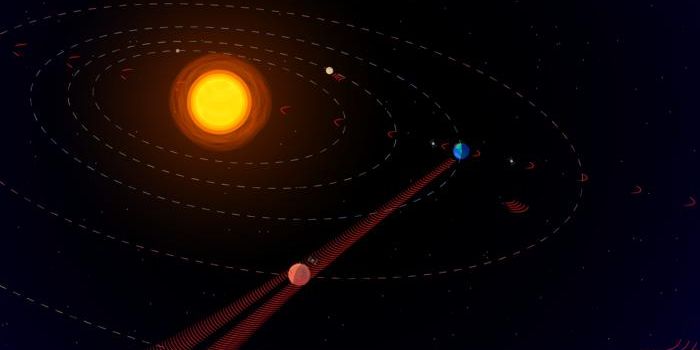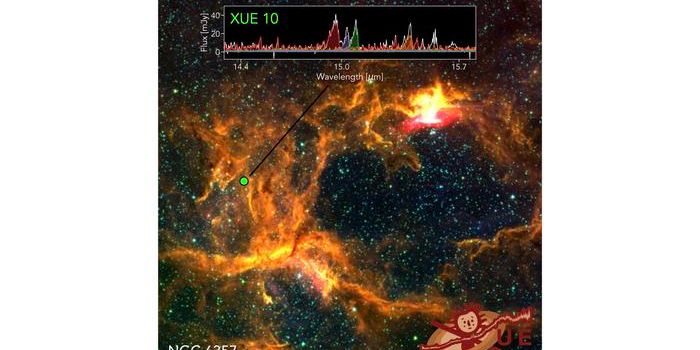Sierra Nevada's Dream Chaser, a piloted space plane, was one of the leading contenders in for the NASA contract to ferry cargo and astronauts back and forth to the International Space Station, but last September it was beaten out by SpaceX's Dragon capsule and Boeing's CST-100 capsule. This may, however, not be the end of the road for the Dream Chaser platform. On March 17th Sierra Nevada announced that it is building a new, fully autonomous cargo version of the Dream Chaser. "This represents really the next step in the evolution of Dream Chaser," said Mark Sirangelo, head of Sierra Nevada's Space Systems division, "not only in terms of its capabilities and what it's going to be able to do, but also in its design and its enhancements."

Why would Sierra Nevada go to the trouble of trying to re-purpose the Dream Chaser platform, when Space X and Orbital ATK already have the current NASA contracts? Because last year NASA started requesting proposals for the next round of cargo ships to re-supply the ISS from 2018 through 2024, called Commercial Resupply Services 2 (CRS-2). Sierra Nevada, along with Space X, Boeing, Lockheed Martin for this new, lucrative contract. NASA's CRS-2 contract could yield the winning company or companies as much as 14 billion dollars. NASA is set to announce the winner, or winners of the contract this June. Sirangelo thinks the Dream Chaser Cargo System (DCCS), Sierra Nevada's entry should be one of the winners. "We believe it's the best cargo solution that currently exists," he says.
Why does he think that the DCCS is a superior platform? Because Dream Chaser is much more than just a disposable capsule. It is a full fledged mini space shuttle. It blasts off on top of a rocket and lands on a runway like an airplane. And it is completely re-usable.
Sierra Nevada had been working on the manned version of the Dream Chaser for over ten years. The cargo variant, the DCCS, is similar in many ways to the manned version, but there are several important differences. Unlike the original Dream Chaser, the DCCS has foldable wings, which will allow it to fit inside a 16.5-foot-wide (5 meter) launch fairing. This will make the DCCS compatible with all of NASA's current orbital rockets. The DCCS will feature new software that will make it fully autonomous. There will also be a cargo module added to the rear of the craft, which will be used to bring extra cargo up to the ISS, and be used to dispose of up to 10,472 lbs. (4,750 kg) of garbage from the ISS by being jettisoned from DCCS to burn up in the earth's atmosphere. The DCCS will be capable of carrying 12,125 lbs. (5,500 kilograms) of cargo up to the ISS, and bringing 3,858 lbs. (1,750 kg) back to Earth.
Sierra Nevada still wants a piloted version of the Dream Chaser to fly at some point, and according to Sirangelo, the creation of the DCCS could help to make that a reality. "Everything that we're doing in this vehicle," he says, "is transferable to a future crewed vehicle. ... We actually think we're enhancing it and accelerating that crew capability."
"There are many capsules in the world," says Sirangelo, but "there's really only one vehicle like Dream Chaser that's commercially available right now. ... None of us know what the next decade of space is going to be like, and having capabilities like this available continuously [keeps] our options open."
(Source: Space.com)









